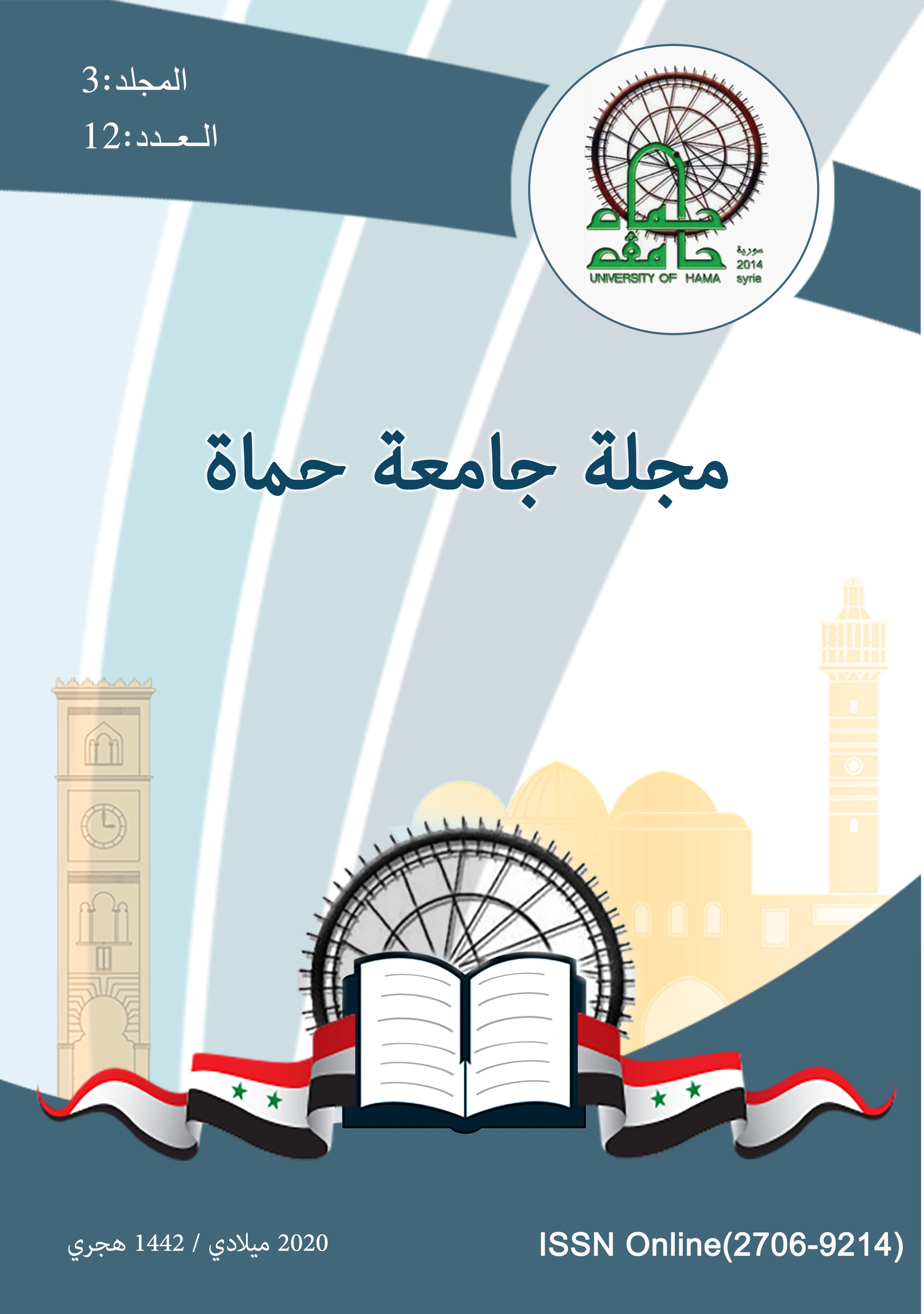Numerical and Experimental Investigations of Discharge Coefficient of Sharp Crested Weirs
الملخص
Weirs are one of the most used devices to measure and regulate flows in open channels. There are many studies concerned of knowing the nature of flow through the weirs and obtaining an equation for the discharge coefficient (Cd) that gives the value of the real discharge.
Laboratory experiments were supported by a specializes program in simulating flows of all kinds. FLOW-3D is also used ,the results obtained were compared with different formulas and results of the (Flow-3D) program and the errors were less than the maximum relative error, where the error ranged on following: Rectangle Weir (±2.00-5.05%) and maximum relative error 8.25%, the Triangular Weir angle 90 degrees (±1.21-3.77%), maximum relative error 6.81%, Triangular Weir angle 30 degrees (±0.95-2.99%), and maximum relative error 3.00%.
The results of numerical modeling were consistence good and did not exceed the maximum relative error. this make it possible to use numerical modeling to predict the nature of the work of models before building them, especially complex ones, try several solutions and judge the results at the lowest possible cost. Finally, formulas for the discharge coefficient of the three types of weirs were suggested based on laboratory experiments.


